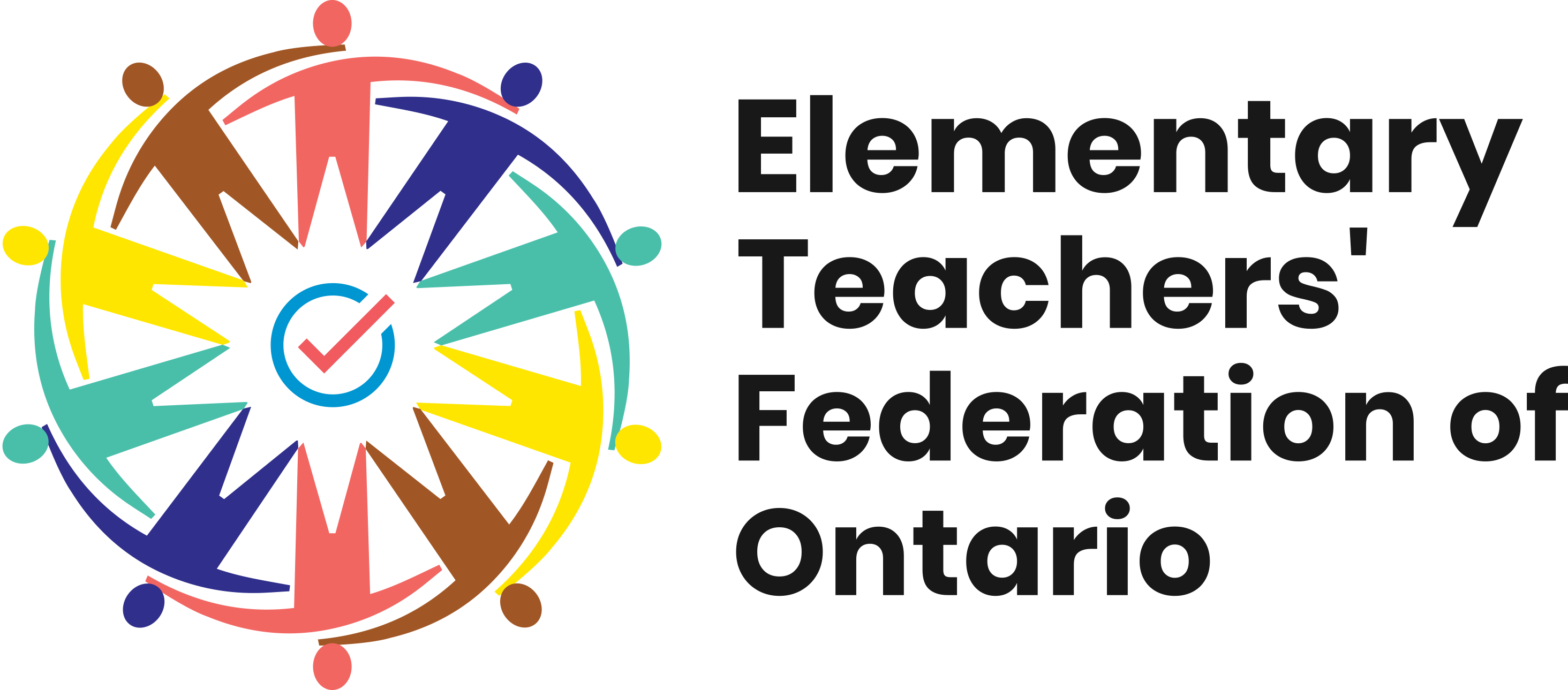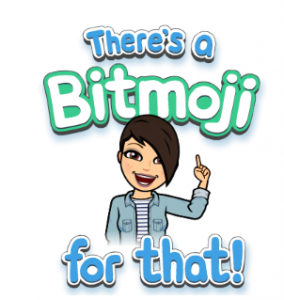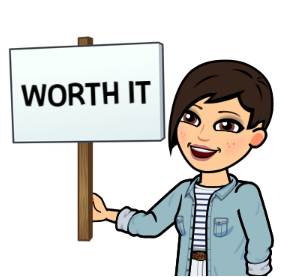As the deadline for completing Progress Reports approaches, I am reflecting on the word “evaluation” and thinking critically about the ways educators and schools “value” knowledge and measure “success”.
Despite the challenges and loss created by COVID-19, my young students continue to demonstrate compassion and resiliency. They are actively engaged in learning and happy to be together at school. They are working hard, and with support, they are rising to meet my high expectations. I believe they are progressing very well.
The problem is that when educators measure student “success” against a standardized level of achievement, some students are constructed as “failures”. This can be very discouraging. We know that how students feel about themselves impacts how they learn.
We also know that report cards and standardized assessments, like EQAO, reflect a colonial and Eurocentric approach to education that often excludes or disadvantages many students. Educators need to think critically about how assessment and evaluation practices reinforce racial inequity, and privilege student “success” and belonging.
How might we transform assessment and evaluation so that all students are empowered to achieve excellence, and feel successful?
For the last twelve years, I have been exploring collaborative assessment as an alternative to traditional forms of assessment. I am inspired by the possibilities of self-assessment and goal setting to engage our students and families in the teaching and learning process in meaningful ways.
What is collaborative assessment?
Collaborative assessment involves students, families and educators as co-learners in the process of gathering and sharing formative assessment. It helps to build trusting relationships and strengthen the home-school connection. Collaboration assessment may include any of the following strategies: an introduction letter about a child written by a parent, inventories or surveys, individual goal setting, self-and peer-assessment, checklists, rubrics, portfolios, journals, and Student-Led Conferences.
What are the benefits of collaborative assessment for students, families and educators?
The Ontario Ministry of Education has published several resources to support collaborative assessment because there are many benefits for students, families and educators. Collaborative assessment invites students, families and educators to actively engage in the teaching and learning process, and creates a reciprocal relationship where students, families and educators share responsibility for learning.
Research has shown that the use of goal setting and self-assessment in the classroom engages student voice and supports critical thinking and meta-cognition skills:
“Self-assessment has been shown to impact both increased student achievement and improved student behaviour. Involvement in the classroom assessment processes can increase student engagement and motivation.”
Literacy and Numeracy Secretariat. “Student Self-Assessment”. Capacity Building Series K-12. (December 2007)
When educators empower students to make choices about how they will demonstrate their learning, and evaluate how well they have met the learning expectations, it helps to create an inclusive environment that honours and celebrates the multiple and diverse ways that students learn and share knowledge. Additional benefits of collaborative assessment include:
*accountability by students for their own learning
*pride in achievement among students
*confidence by students to take on leadership roles
*learning independence in students
*parent participation in school life
*improved communication with parents resulting in deeper understanding and confidence in what happens at school
*more positive student-teacher relationships
*valuable feedback for teachers and families
*common understanding of the language of assessment
Literacy and Numeracy Secretariat Webcast Professional Learning Series. (2010) Viewer’s Guide: Student-Led Conferences.
What does collaborative assessment look like in the classroom?
In our Grade 2 classroom, we will focus on goal-setting, portfolios, and Student-Led Conferences.
Throughout the year, students will be supported to set individual short-term academic and social goals. These goals will be achievable and meaningful. Students will have many opportunities to reflect on their goals, develop and evaluate their own success criteria, and celebrate their achievements. I will send home these goals as we create them together, so that families can support their child to work towards achieving these goals. When students set individual goals that are “just right” for them, they will feel successful.
All students will have a portfolio in-class and on-line. A portfolio is a collection of work samples chosen by the student and/or by the teacher. Students will be encouraged to select several pieces and reflect on their own work and process throughout the year. Portfolios offer an opportunity to explore growth and learning in concrete ways. Students will share their portfolios with their families in February, and at the end of the year in a Student-Led Conference. Families will also have an opportunity to explore their child’s portfolio at Parent-Teacher conferences.
Student-Led Conferences are powerful opportunities for students to identify their strengths and share evidence of how well they are meeting their learning goals. Usually, there are 4-5 conferences happening in the classroom at one time, and I will rotate between them to listen and add to the discussion. Last year, we used technology to facilitate Student-Led Conferences virtually. I will write more about how to support Student-Led Conferences in another blog post.
How can families support collaborative assessment?
Family involvement is a crucial part of collaborative assessment. Families are encouraged to be involved in the assessment process in any of the following ways:
*writing a letter of introduction, which includes their own goals/hopes for the school year
*helping their child to develop appropriate goals
*supporting their child to achieve these goals at home
*sharing observations, asking questions during Parent-Teacher conferences
*participating in Student-Led Conferences
*providing feedback after interviews and conferences
*understanding the curriculum expectations
*reading the report card
Self-reflection:
I believe that one of the most important skills that students and educators can learn is self-reflection. As an educator, I am always actively reflecting on the choices that I make inside and outside of the classroom. I know that I am not the only one who struggles with assessment and evaluation. It is a critical part of our work, and an opportunity to think about how we share power with students.
Learning is an emergent and collaborative process, and I believe assessment and evaluation should reflect this. I want to create brave spaces that acknowledge and celebrate different ways of knowing and learning, provide students with authentic and multiple opportunities to demonstrate their understanding, and use collaborative forms of assessment and evaluation so that all students can feel successful.


